This Real-Life Robocop Is On The Case At A Dubai Shopping Mall
Police officers should take care, because robots are starting to gun for their jobs.
At least they are in Dubai, where a robot police officer officially reported for duty on Tuesday, according to Ruptly TV.
Police have nicknamed the robotic cop “RoboCop” after the classic 1980’s action movie, but its duties seem more appropriate for “Paul Blart, Mall Cop.”
The robot officer, manufactured by Pal Robotics of Barcelona, has a touchscreen that allows shoppers to report crimes or pay traffic violations. It can also giving directions and shower people with compliments (which, of course, always sound more sincere coming from a pre-programmed electronic device).
Oh, it can also scan a person’s face from 100 feet away, according to Konbini.com.

This first RoboCop is just the beginning for Dubai, which hopes to eventually make its police force 25 percent robot, according to Newsweek.
“We are looking to make everything smart in Dubai Police. By 2030, we will have the first smart police station which won’t require human employees,” Brigadier-General Khalid Nasser Al Razzouqi, director-general of Smart Services at Dubai Police, told the Gulf News.
As cute as a compliment-giving robotic police officer might seem, there are potential pitfalls, and not just the loss of business for doughnut shops.
Alan Winfield, Professor of Robot Ethics at the University of the West of England, argues there are some serious moral concerns
“There are big ethical problems,” he told CNN. “If you’re asking a robot to apprehend criminals, how can you be sure that the robot would not injure people?”
He adds that guaranteeing a robot can safely intervene in crime-related scenarios 100 percent of the time is “extremely difficult.”
“Of course, when humans make mistakes they are held to account,” Winfield said. “The problem is that you can’t make a machine responsible for its mistakes... How do you punish it? How do you sanction it? You can’t.”
Also on HuffPost
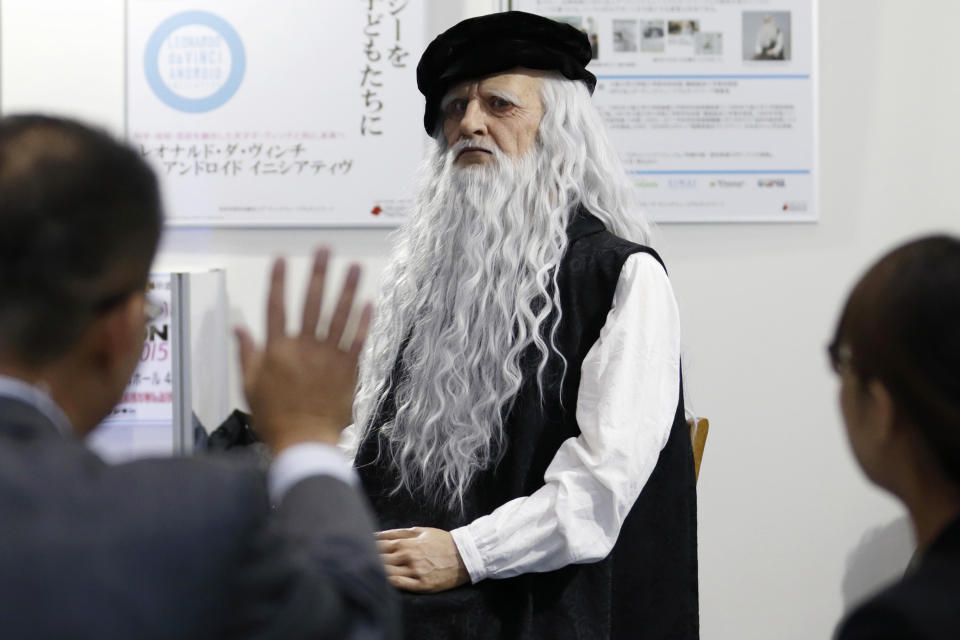
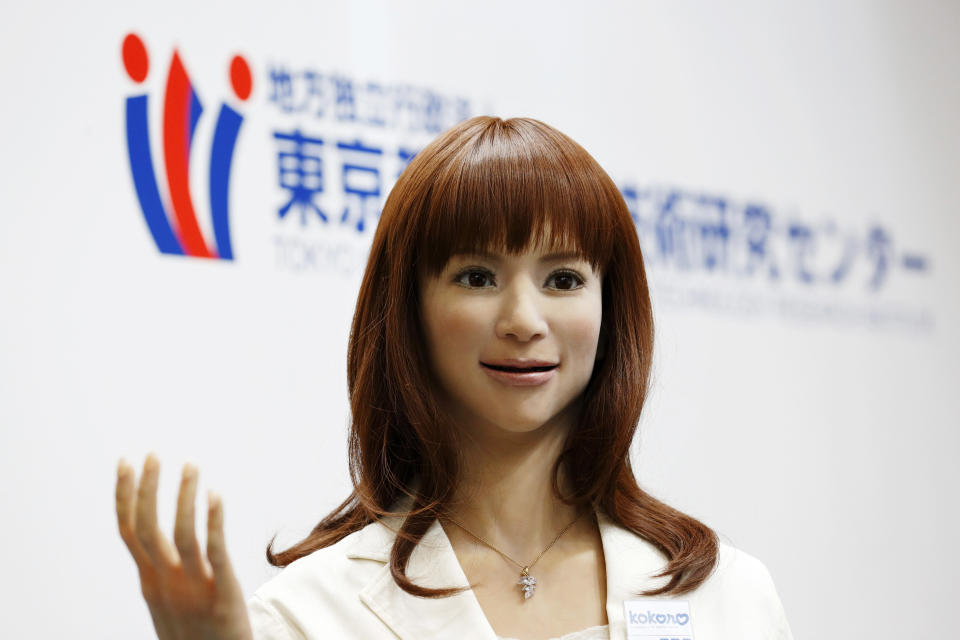

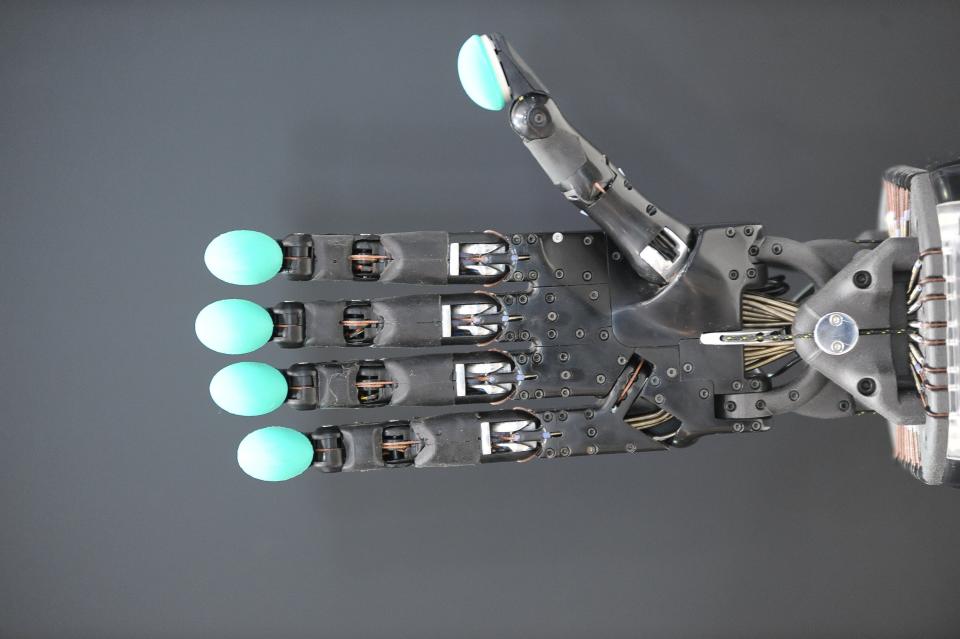
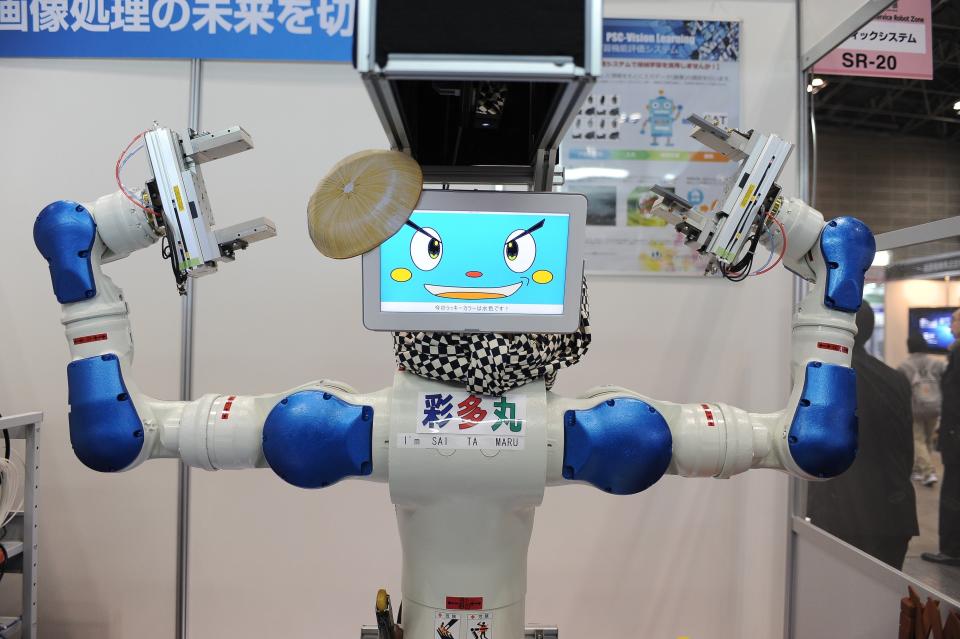
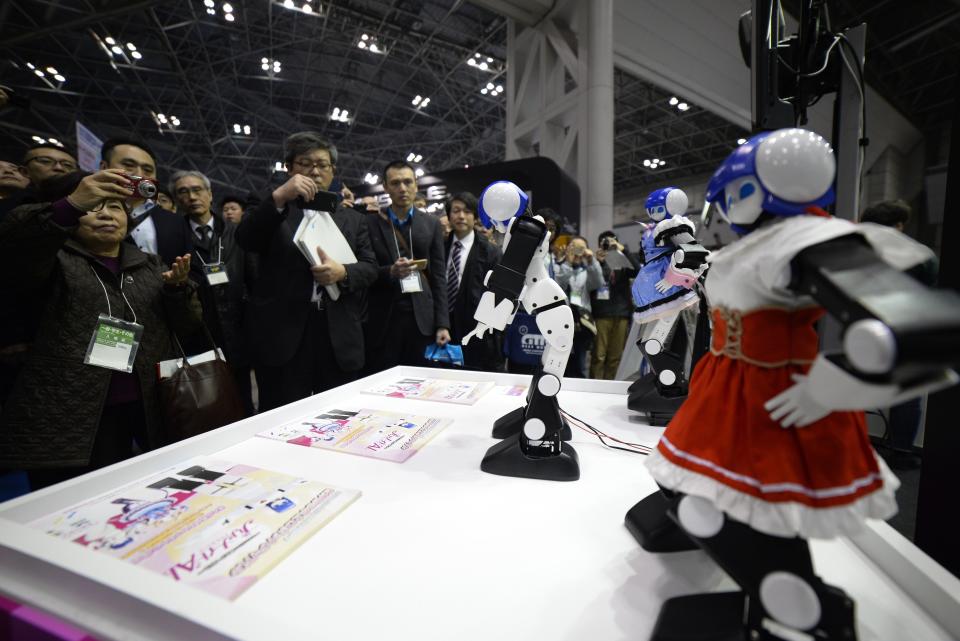
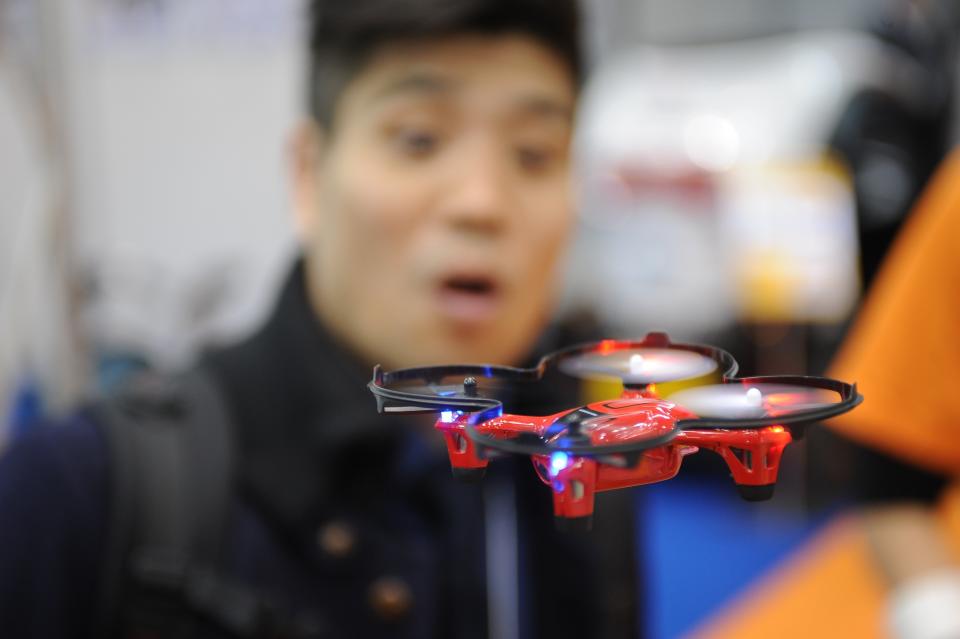

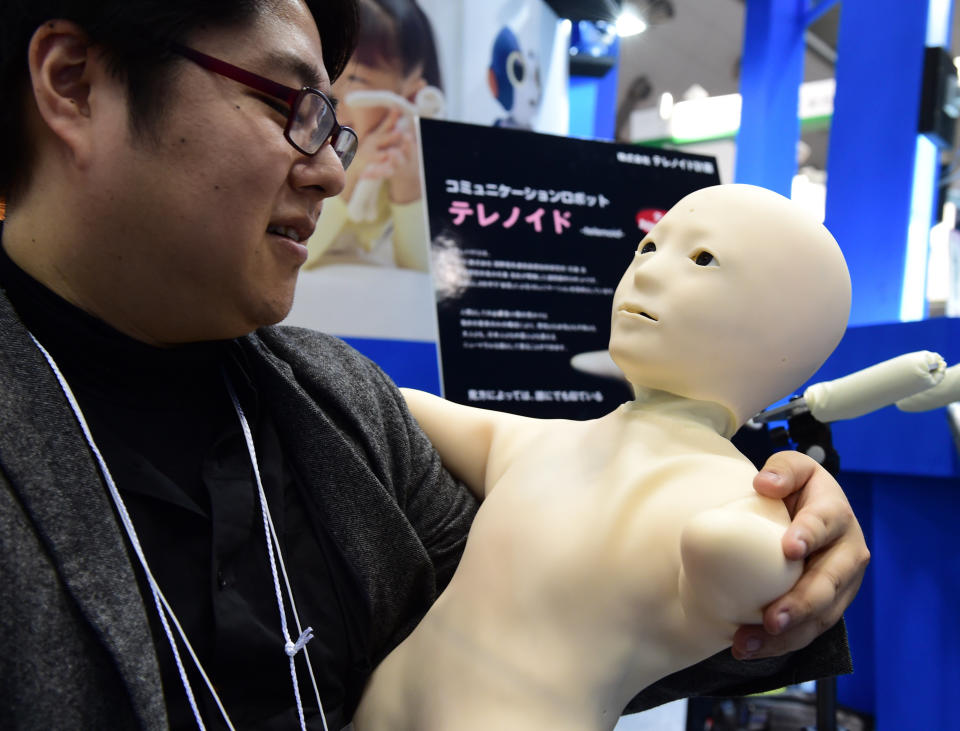
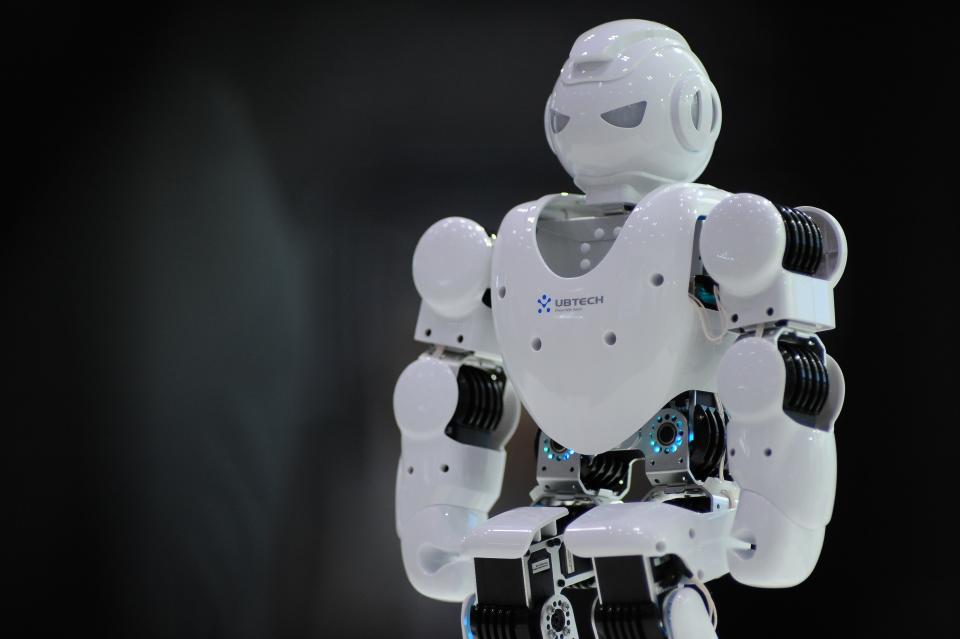
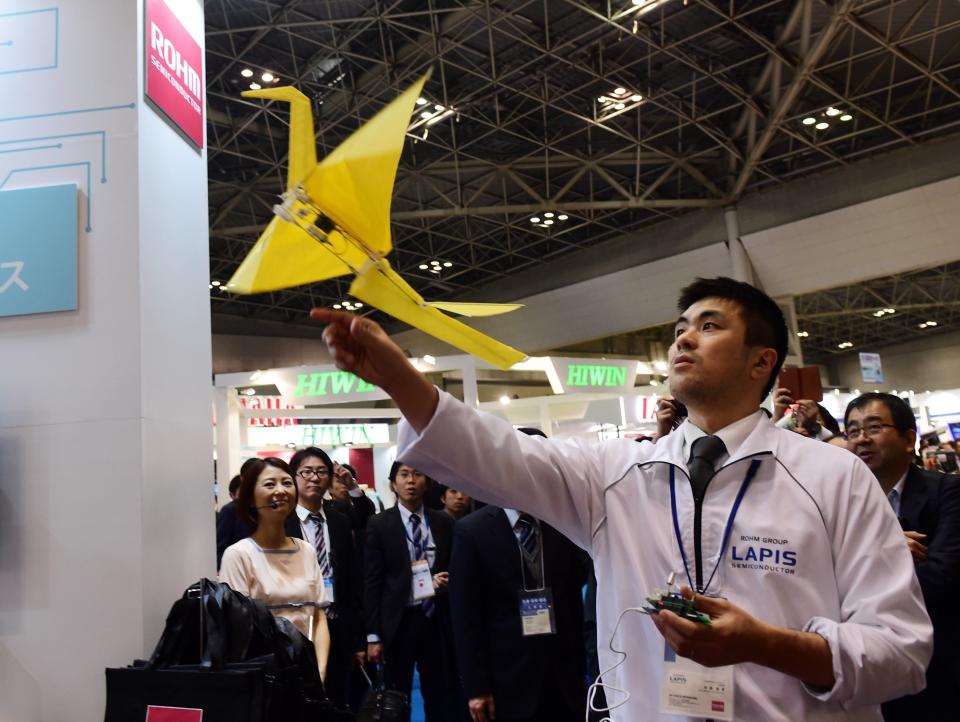

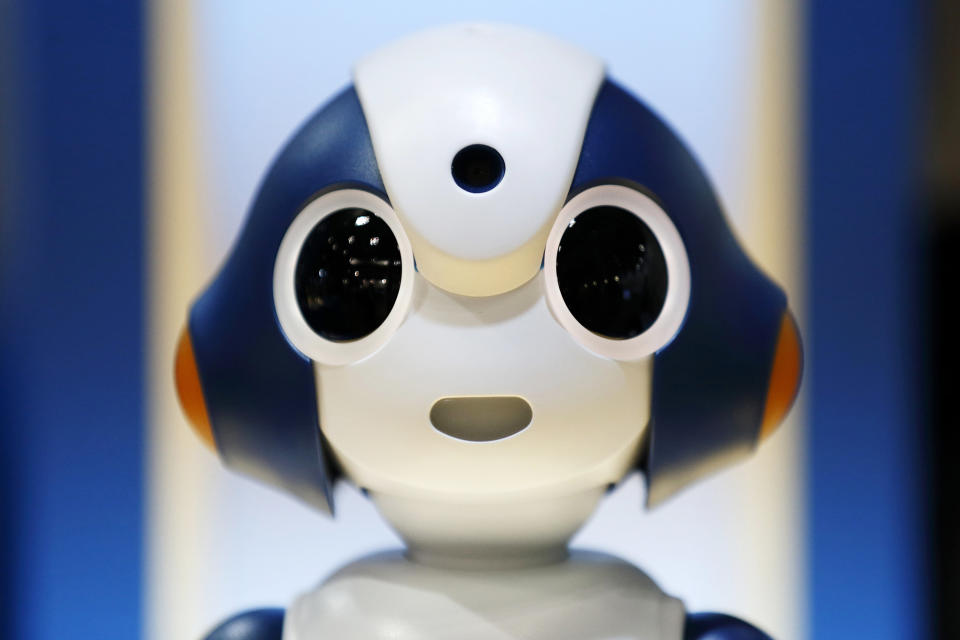

Love HuffPost? Become a founding member of HuffPost Plus today.
This article originally appeared on HuffPost.

